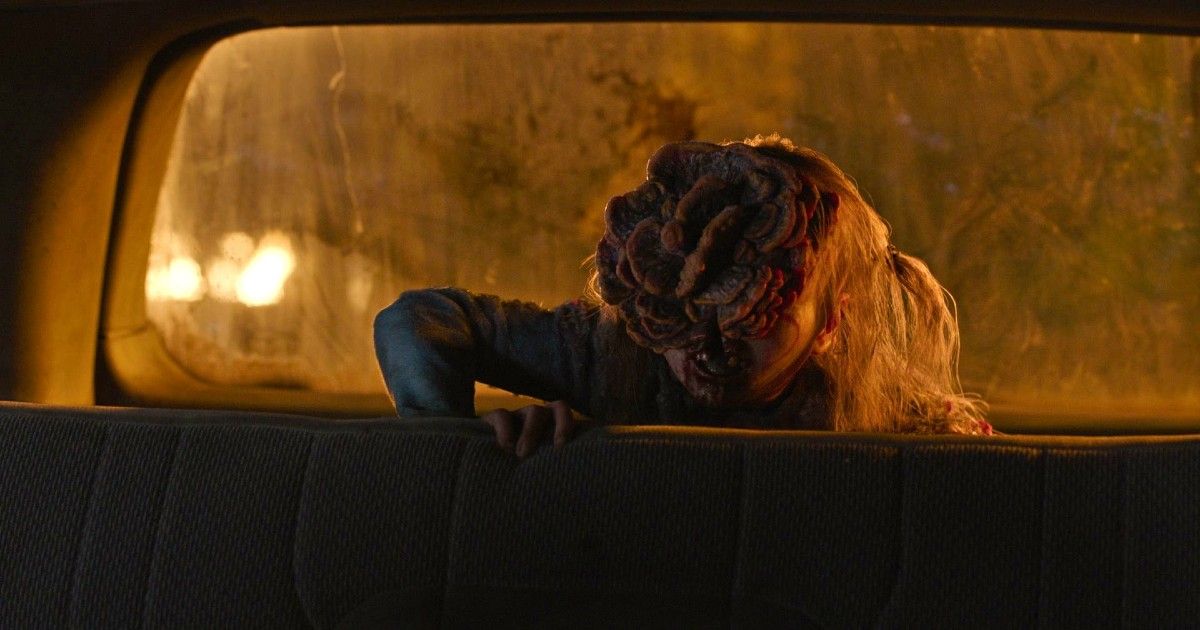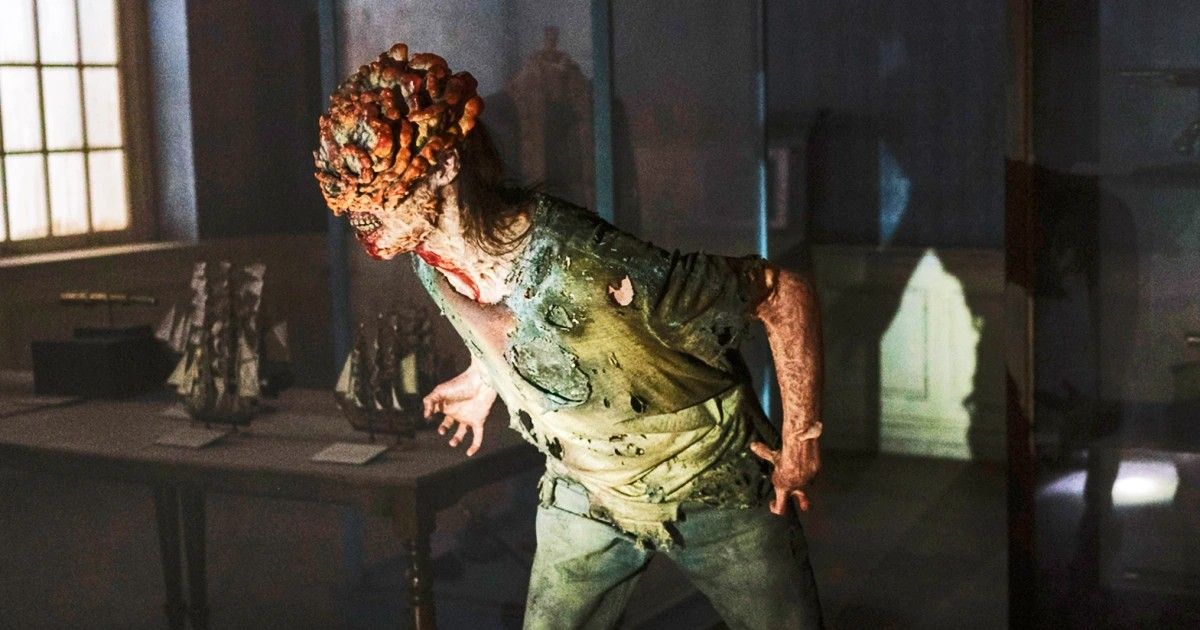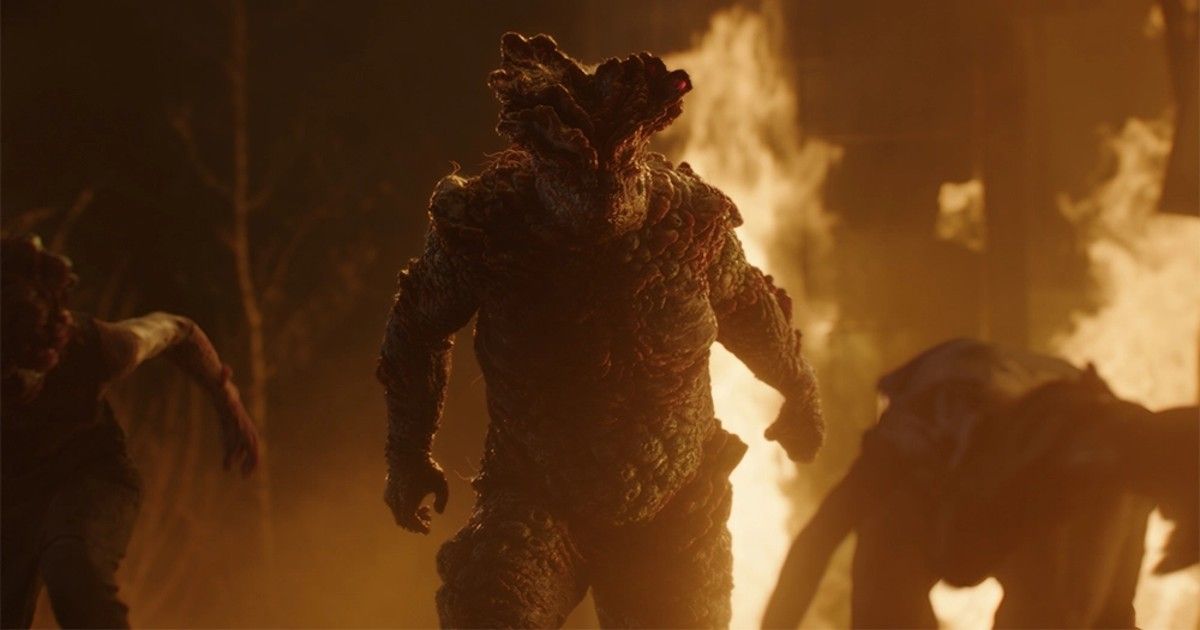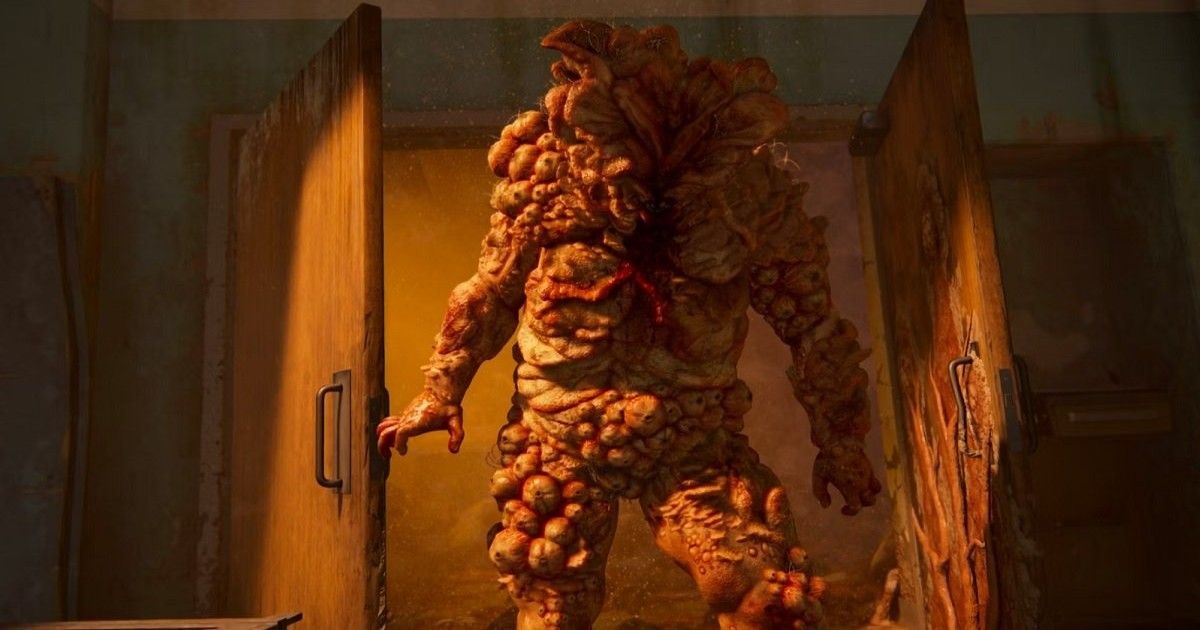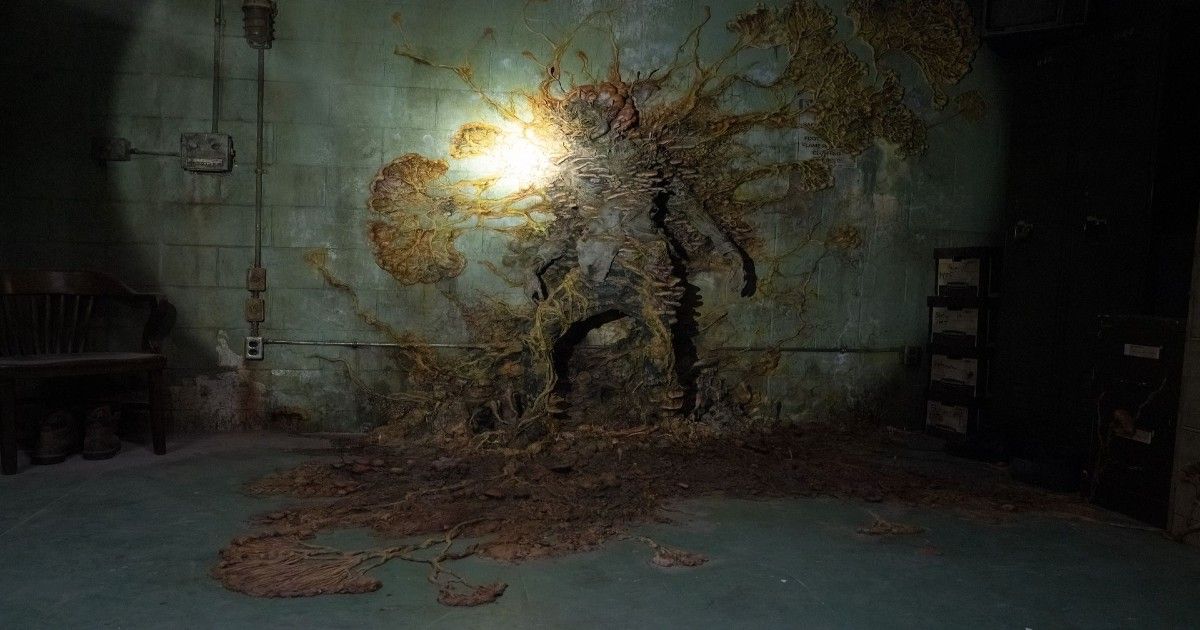The Last of Us on HBO Max has everyone prepped and ready for Season 2. Season 1 of this horrifying and dynamic show kicked off on January 15, 2023, and wrapped up after nine episodes on March 12, 2023. The show received much applause from home viewers everywhere. Before the series hit HBO Max, this scary yet tender story of a man, Joel (Pedro Pascal), who has lost his daughter, and a girl, Ellie (Bella Ramsey), who never knew her parents, was an award-winning video game from 2013. The second installment of the video game, The Last of Us II, came out as our very own pandemic broke ground.
We follow Joel and Ellie as they do their best to avoid being eaten or killed by Cordyceps fungus monsters, also known as zombies. The fungus slowly takes complete hold of the once human and drives them to a fully fungal presence by the end of the infection stages. Each stage is horrible in a different and agonizingly horrific way. So while we wait for Season 2 to begin, let’s recap the different zombie stages we’ve seen so far.
Stage One: Runners
This first stage happens to humans in the 24 – 48 hours after a Cordyceps zombie bites them. First, they will become sick, have bloodshot eyes, their skin will be an unnatural yellowish-greenish color, the bite wound will become severely infected, making the host sweat massively, and they will be irritable and vicious towards others but will still seem quite human underneath. The body is still alive in this stage.
It is speculated that in this Runner stage, the person is “still there” inside the overtaken Cordyceps host. They may know what is happening, but since the fungus neurologically drives them, they may literally just be watching as they perform horrid tasks and trying like mad to fight the fungus off. These baby zombies will scream and shriek, which gives more thought to them being out of control in their actions but not so much with their thoughts.
Stage Two: Stalkers
This second stage of zombiehood is one where the human hosts are stuck in transition for a year. It can also take up to two weeks for the Runner host to make it to this next and excruciatingly long stage. This stage is referred to as Stalkers because the human host begins breaking down, and the Cordyceps fungus often overtakes some or all of their head and leaves a distinct fungal appearance where their head once was.
The zombies no longer shriek and scream but begin making a croaking sound when searching for their victims. Slowly, the fungus overtakes the human host and can even cement them to the wall or floor as the fungus spreads from their bodies. This is when their host body is no longer human and alive but has become 100% fungal-driven.
Stage Three: Clickers
This third stage, called Clickers, is when the Cordyceps-driven human host becomes a more primitive and instinctively driven form. They know to protect themselves and to eat another living person if it is found in order to survive. They also power down and remain dormant until their prey is heard nearby.
The Clickers are entirely blind and often have fungal-encased heads without flesh. They make clicking and croaking sounds that work alongside echolocation and help them know exactly where their prey is without seeing it. This is much the same for bats. Also, since the fungus has overtaken more of the host’s body, it actually becomes more robust and not easy to injure.
Stage Four: Bloaters
Becoming a Bloater is what happens when you have managed to stay alive as a fungal-driven zombie for many years. The fungus bloats the body and slows the zombie down. At the same time, the fungus also strengthens the zombie, provides a type of shell-like armor, and makes it much more difficult to kill.
Their shell-like skin also gives off tons of spores, which is not something a person wants to breathe in, so staying far away from these fat boys is important. They are extremely difficult to kill, and it can only be accomplished by using fire.
Stage Four and a Half: Shamblers
Shamblers are basically the same level fungal zombies as Bloaters, except Shamblers are only found in swamps and wetlands. The moisture keeps their body moving well and their skin from becoming a hardened shell. They may look like the easier-to-defeat runners or stalkers, but their appearance shields the truth. They are fast, stealthy, and challenging to kill, except with fire, just like the Bloaters.
Stage Five: The Rat King
Becoming a Rat King is not an altogether typical stage for a Cordyceps zombie to become. However, it is the same as the actual rat king, which is when a hoard of rats gets intertwined and must act as one rat made up of different bodies.
This stage is only acquired once many clickers, stalkers, and a bloater combined, forming one massive zombie with many extra limbs. The strongest zombie will be the “legs” and be in charge of the direction of the other weaker zombies included in the mass. It’s said that these zombies were among the very first and have been infected for 20 years or more. Though we have met these sweethearts in the game, we have yet to meet one in the HBO series but don’t worry, you will.
Stage Six: The Final End
Once a zombie is either killed or the human host simply dies, the fungus overtaking its body will continue to grow and infect others by sending vast quantities of sores into the air around the dead body. Once humans have walked into the cloud, they will become infected unless special measures are taken to protect their air. This stage can grow fungal branches in areas where the fungus can survive and overtake entire buildings, deeming them unsafe to breathe in or around without a gas mask.
This story originally appeared on Movieweb


